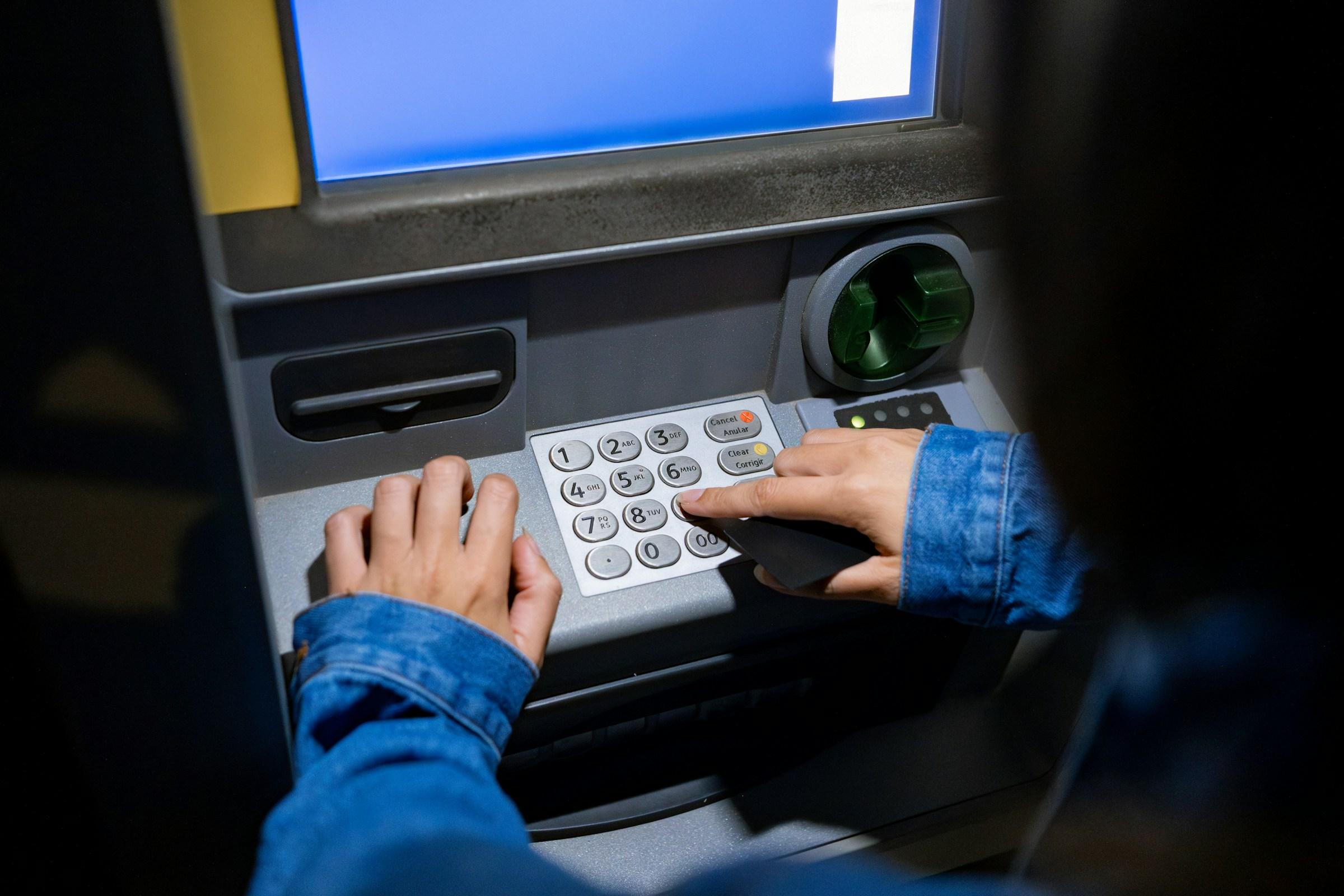If you stopped keeping an eye on your spending, very little would look different at first. Your salary would still arrive on schedule. Your bills would still be paid if you had set up autopay. Your card statements would keep rolling in and the balance in your accounts would drift up or down in familiar waves. The danger is not in a sudden collapse. It is in slow drift. Money systems run on calendars, due dates, grace periods, and renewal cycles. When you stop tracking, you create small blind spots around those moving parts. Each blind spot is tiny. Over a year, the tiny pieces add up to slower progress on the things that matter, from housing to retirement, and to more stress than the numbers alone would suggest.
Most households manage spending by feel. People know the rent or mortgage. They can name the big subscription or the childcare bill. The gaps hide in the fragments. A ride that becomes three rides because it rains. A delivery that becomes two deliveries because the fees feel small. A few free trials that continue because nobody remembered to cancel. Weekend meals that are generous when friends visit. A new category that appears quietly, such as convenience store snacks after late meetings. Without a record, it is hard to tell the difference between a seasonal bulge and a permanent creep. All you can see is the month end balance, which makes you try blanket restraint rather than targeted changes. Blanket restraint rarely works because it asks you to fight everything at once.
The first consequence is timing risk. Salaries and billing cycles do not line up neatly. When you do not track what is pending or when a variable bill will post, you raise the odds that several payments cluster in a thin week. An accidental overdraft can cost more than the meal that triggered it. Even if you avoid overdraft fees, you may bridge the gap with a credit card and then forget that the interest clock follows the statement cycle, not the calendar in your head. Two or three timing mishaps in a year can quietly cost the equivalent of a week of groceries or a short family outing. The sting is not only the money. It is the sense that money is slippery even when income is stable.
Debt quality is the next casualty. When expenses are not tracked, credit cards shift from being interest free payment tools to being storage for unexamined choices. The minimum due looks manageable. The true cost hides in the annual rate and in how balances hang around when you do not pay the full statement amount by the due date. Because there is no log, you cannot tell which spending habit is responsible for the revolving balance. A balance transfer or a personal loan can lower the rate or tidy the cash flow, but if you have not seen the pattern that created the balance, you have only moved the weight from one shelf to another. That is how a set of holidays, home gadgets, and food delivery from three years ago can survive in your repayment schedule long after the memories have faded.
Insurance and safety nets are quiet victims. Premiums for hospital cover, disability income, critical illness, and term life do not feel urgent if you have never made a claim. When there is no tracking habit, premium notices compete with dining, deliveries, and small shopping without context. It becomes easy to defer a payment or downgrade a plan to free up cash for something that feels immediate. The month looks better. The household grows more fragile. When you track, you see premiums as part of the spine of your budget, not as a loose item that can be displaced by a weekend plan. Without that spine, a health shock or a short income disruption quickly turns a normal month into a scramble because the emergency fund is thin and the insurance benefits are weaker than you thought.
Policy benefits and tax reliefs live on calendars, too. In Singapore you can top up CPF, contribute to the Supplementary Retirement Scheme, and make MediSave contributions within annual limits. In Malaysia you may claim lifestyle reliefs, education reliefs, and approved insurance deductions, and you can coordinate EPF contributions with cash flow. These opportunities reward people who plan their cash by month. If you do not track, December becomes a game of guesswork. You either miss reliefs that were within reach or you rush a top up in a tight month and then struggle in January. Neither outcome is optimal. A light tracking habit lets you align contributions with cash availability so that you capture the benefit without stress.
Housing timelines slow when you do not track. A down payment fund needs a surplus that survives each month. If you manage by feel, you will underestimate how often small outflows dissolve that surplus. Lenders look at actual balances, liabilities, and debt service ratios. A household that has not tracked often ends up with higher card utilisation and thinner buffers than expected. That can affect confidence even if it does not alter approval. Without a clear savings trail, you will hesitate to commit, and a two year plan to buy becomes a four year plan without any dramatic event to blame. The delay feels like fate. It is usually the sum of tiny untracked decisions.
Parents learn this the hard way around education and care. Uniforms, transport, enrichment classes, school trips, and holiday programs look small in isolation. Together they create a second mortgage. When these costs are not logged, they arrive as surprises that displace other goals. The default response is to pause investing first, then reduce protection, then borrow for travel or seasonal spending. Each pause has a compounding effect. Investments miss time in the market. Protection gaps persist. Borrowing for non assets raises the floor of monthly obligations. Over a few years, your plan becomes a patchwork of quick fixes rather than a steady path.
There is a psychological toll. Money uncertainty increases decision fatigue. When you do not know your discretionary capacity, every small choice requires more mental energy. People then avoid banking apps and statements because they associate them with discomfort. Avoidance reduces visibility further, and the cycle continues. Family conversations about money drift toward blame rather than tradeoffs because nobody can point to a clear picture. Tracking flips the conversation. Once you separate fixed life costs from flexible choices, you can debate priorities with facts. You can agree that certain categories deserve protection while others can bend when necessary. Tradeoffs only work in daylight.
Many salaried professionals ask if precision is necessary when income is steady and debt is modest. Stability can hide drift. A simple test helps. Are your contributions to long term goals rising every year by at least inflation and some fraction of your income growth. If the answer is no, the untracked middle of your budget is likely swallowing the difference. Inflation rarely announces itself through one dramatic bill. It creeps into food, services, transport, and fees. A light tracking habit reveals that creep early. Early is when the fix is painless.
Consider a couple with a combined net income of 10,000 in Singapore dollars. Rent is 3,200. Transport averages 600. Utilities and telco 300. Groceries 900. Insurance premiums 600. Childcare 1,000. On paper, 3,400 remains. Without tracking, the remainder dissolves into dining, shopping, delivery, gifts, and small bookings. At month end only 800 moves into savings, and some months even less. The couple aims to save 120,000 in three years for a home purchase. At 800 a month, the timeline stretches far beyond the plan even before thinking about renovation costs. With tracking, they discover that delivery fees, variable dining, and scattered subscriptions total 1,000 to 1,200 a month. Reassigning half of that to an automatic transfer on payday lifts savings to 1,400 to 1,600 a month. The new habit does not require austerity. It requires deliberate choices informed by a clear view.
Card habits improve with visibility. Without a ledger, it is easy to blur posted and pending transactions and to mix up statement and current balances. People then pay the figure at the top of the screen instead of the full statement amount by the due date. That mistake invites interest that feels mysterious when prices everywhere are rising. A small schedule that lists the due date, the statement amount, and a three day earlier autopay date solves the problem. The money you save is not only the avoided interest. It is the recovery of trust in your own system, which matters when you consider larger commitments like a mortgage or a long term investment plan.
Tracking also helps you navigate public and employer benefits. In Singapore, MediSave top ups can be coordinated with expected medical expenses, and Supplementary Retirement Scheme contributions can be aligned with months that have lower discretionary outlays. Voluntary CPF top ups can be planned around bonus months. In Malaysia, EPF voluntary contributions, PRS allocations, and insurance reliefs can be scheduled to match your cash cycle. When you see your months clearly, you stop trying to do everything in December and start capturing value throughout the year.
If prices are rising, the cost of not tracking compounds. Without visibility, you may cut useful services while missing recurring fees that deliver little value. You may blame structural price increases for a pattern that is really about convenience. Or you may do the opposite and blame your choices for outcomes that are driven by genuine cost shifts. Tracking lets you apply precision. You protect what holds your household together. You reduce what you do not value. You stop using guilt as a budgeting tool.
The fix does not need to be heavy. The lightest workable approach is to create one main spending account and route all variable card spending through it, while moving a fixed amount on payday into a savings or investment account you do not touch during the month. For ninety days, use the bank’s built in categorisation as a rough guide rather than forcing yourself to tag every line. At the end of that period, ask three questions. Do the largest four to six categories reflect what you say matters. Do bill timings create strain in the middle of the month. Can your automated transfers rise by a small amount that you can sustain. A small increase that sticks beats an ambitious plan that collapses.
If you prefer cash envelopes, a notes app, or a simple spreadsheet, all of those can work. The tool is not the point. The calendar and the habit are the point. The calendar tells you when money leaves. The habit reminds you why it left. With those two anchors, you can steer toward clearer tradeoffs without needing to become a full time accountant for your own life. You will still miss a few leaks. You do not need perfection. You need predictability.
For families with teenagers or elderly parents, tracking creates one more advantage. It gives you a way to talk about shared costs without friction. When everyone can see the shape of transport, dining, utilities, and caregiving expenses, the conversation moves from accusation to planning. You can agree on small rules, such as booking travel during off peak months or moving an annual insurance payment to a month with fewer other obligations. These adjustments are only possible when the numbers are visible and routine.
Households that track do not avoid life’s surprises. They avoid financial surprises on top of life’s surprises. That is enough to protect decisions about homes, children, careers, and retirement. It is also enough to make real use of public schemes and employer benefits that exist to support stability. Visibility turns programs into outcomes. Visibility turns income into progress. Visibility turns good intentions into a plan that a partner, a lender, and your future self can trust.
In the end, the case for tracking is not moral. It is administrative. You are running a small enterprise called your household. Competent enterprises run with calendars, categories, and deliberate choices. They remove rework. They avoid unnecessary fees and pointless interest. They collect small reliefs when offered and they do not leave value on the table. If you have avoided tracking because it felt restrictive, consider that the restriction came from confusion, not from numbers. A light, repeatable method frees you from constant second guessing. Start small. Keep the calendar close. Let the numbers show you where your life and your money already agree. Then let the plan work in the background while you get on with living.








.jpg&w=3840&q=75)


-1.jpg&w=3840&q=75)


